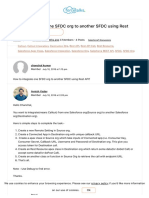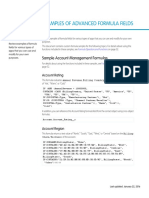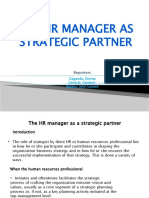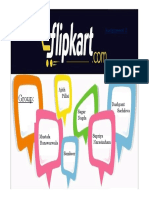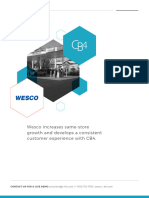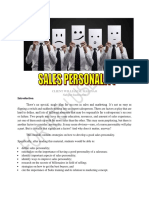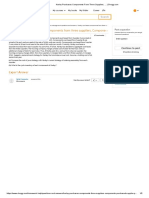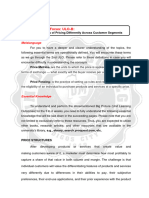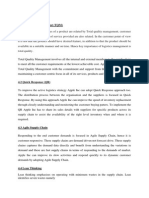0% found this document useful (0 votes)
65 views15 pagesCRM Mod3 Notes
The document discusses the evolution and importance of Customer Relationship Management (CRM) and its electronic counterpart, e-CRM, which utilizes web-based technologies for enhanced customer interactions. It outlines the features, advantages, and disadvantages of e-CRM, as well as various CRM software options and their applications in sales and service automation. Additionally, it highlights the framework for implementing CRM effectively and the operational challenges organizations may face during implementation.
Uploaded by
riddhima.officiallyCopyright
© © All Rights Reserved
We take content rights seriously. If you suspect this is your content, claim it here.
Available Formats
Download as PDF, TXT or read online on Scribd
0% found this document useful (0 votes)
65 views15 pagesCRM Mod3 Notes
The document discusses the evolution and importance of Customer Relationship Management (CRM) and its electronic counterpart, e-CRM, which utilizes web-based technologies for enhanced customer interactions. It outlines the features, advantages, and disadvantages of e-CRM, as well as various CRM software options and their applications in sales and service automation. Additionally, it highlights the framework for implementing CRM effectively and the operational challenges organizations may face during implementation.
Uploaded by
riddhima.officiallyCopyright
© © All Rights Reserved
We take content rights seriously. If you suspect this is your content, claim it here.
Available Formats
Download as PDF, TXT or read online on Scribd
/ 15






































